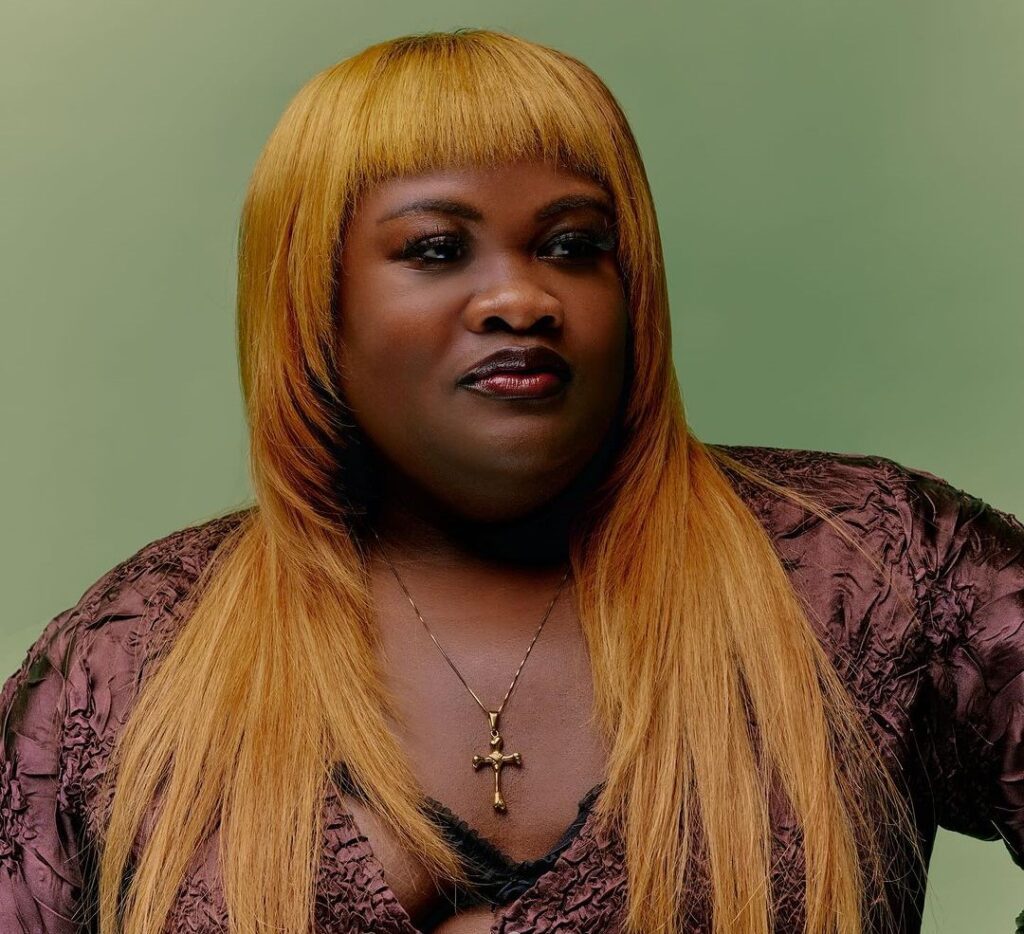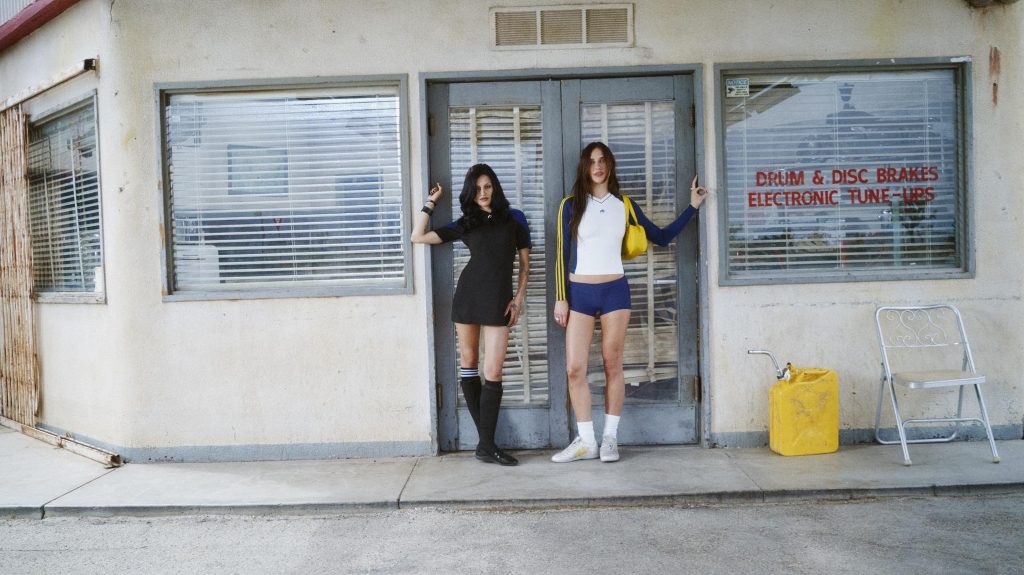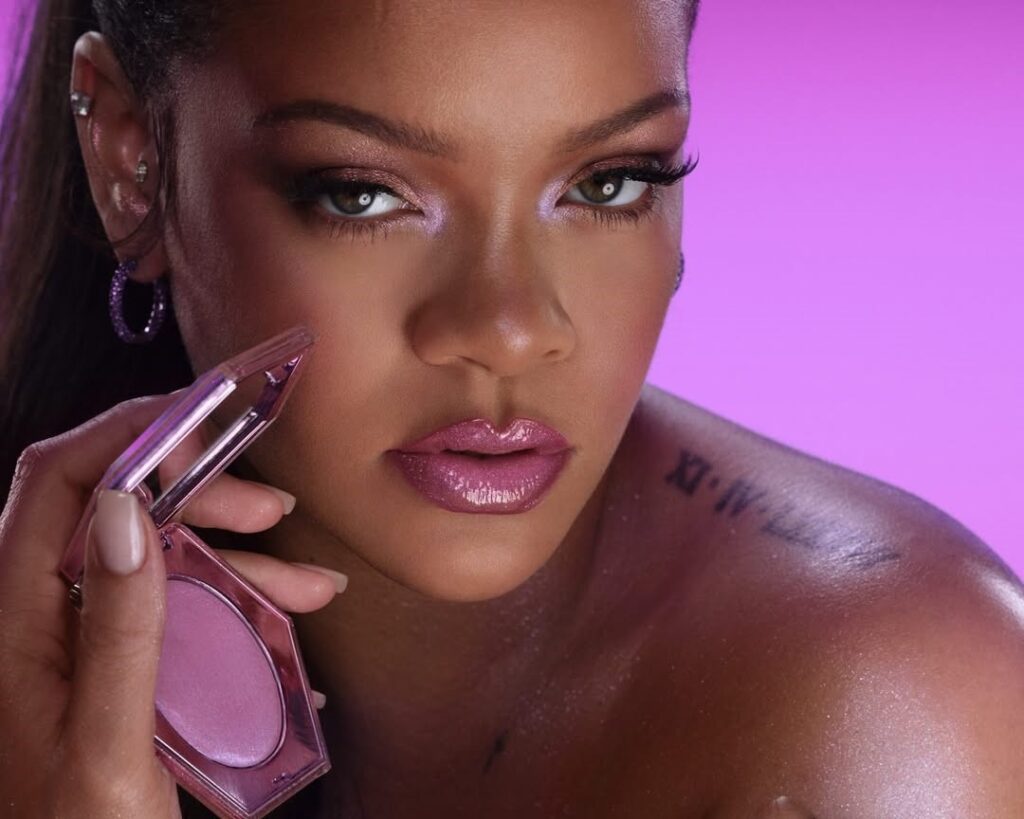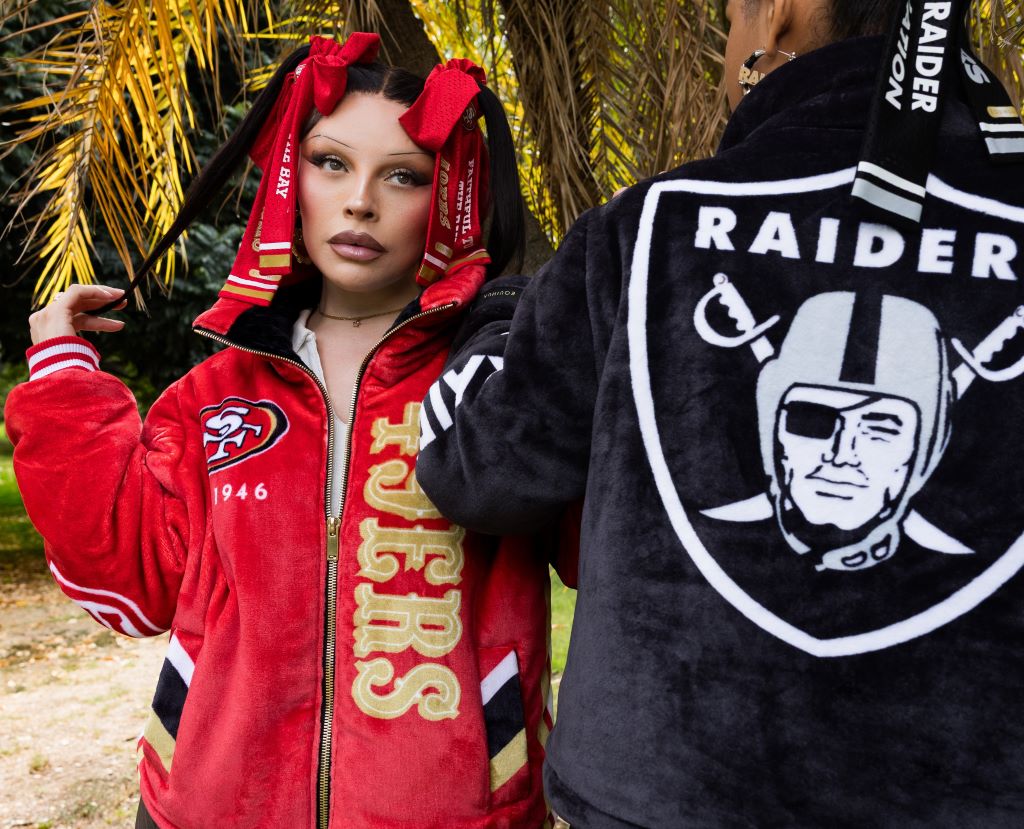New York-based Jessi Jacq has forged a career in fashion as a stylist and a creative director. Currently she is the creative director for cool watch brand JBW Watches. With a stylist and creative director resume that includes Adidas, Interview, Karl Templer, Alexis Bittar and Willy Chavarria, among others, she takes us through her journey and shares her thoughts about the industry and women as creative directors.
Enjoy the interview below.
Snobette: Where do you call home?
Jessi Jacq: “Home for me is Montgomery, Alabama.”
Snobette: What was the path that led you to working in fashion?
Jessi Jacq: “My mom is a Caribbean woman, and my dad is a Black man from Alabama who was creative in his own right. He went to school and worked for the city of Montgomery, focusing on landscaping. His creativity and work with plants always inspired me. Both my parents had a strong sense of style; they were great dressers, and my mom especially loved hair. They both had a certain vanity, which influenced my interests.
“I’ve always been passionate about art. My journey into fashion started with my aunt in Chicago, who was once an Ebony Fashion Fair model. She used to send me magazines like Interview, W, and Spin. I loved W for its creativity and experimental approach, which felt like a more avant-garde Vogue. Interview with its real people interviews and creative storytelling, also captivated me. In high school, I played in the band and earned a band scholarship for college. My dad, who made a living through his creativity, supported my artistic ambitions. However, I decided to major in communications because it seemed like the closest field to fashion, particularly editorial work. I was more interested in the creative side of fashion rather than just writing.
“In college, I discovered fashion troupes, which are quite common at many HBCUs in the South. These groups allowed me to explore my passion for fashion further and integrate it into my college experience.”
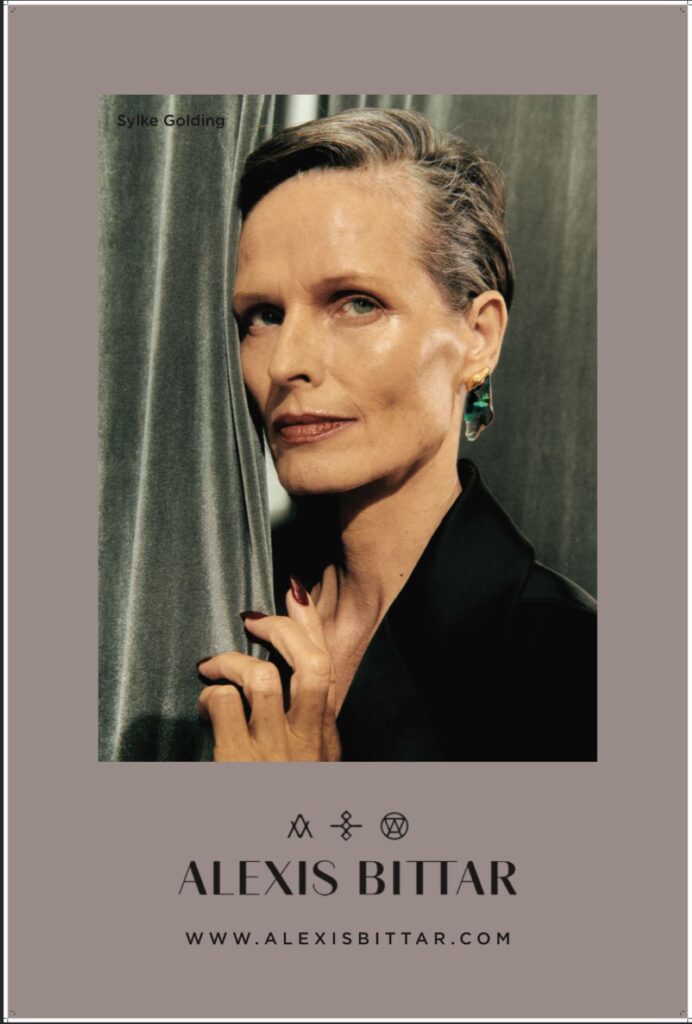
Snobette: How did you land a role at Interview magazine?
Jessi Jaq: “I was in New York for an internship at Hot 97 radio station. I was there for three weeks, and I didn’t like it. Then I found a copy editing gig at The Fader, working two days a week. This was when The Fader was rising in popularity. They had just landed a Travis Scott cover, and I thought it was fire. I did that for three weeks, but during that time, I was contemplating my future. I had a friend visit me when I first moved to New York, and he told me to follow my heart. I decided that if I couldn’t be at Intervew magazine, I didn’t want to be anywhere else. So, I cold-emailed Interview three times. On the third attempt, someone responded, inviting me for an interview in their fashion closet. I was thrilled.”
“I worked in the fashion closet for three months, from October to December, and then they offered me a job as a fashion assistant. I did that job for about over a year, which led to my job with Karl Templer. While at Interview, I also did a lot of online styling.”
Snobette: In an interview with Voyage ATL you talked about turning down stylists jobs In order to be taken seriously as a creative director. Can you elaborate on that?
Jessi Jacq: “I think stylists can be creative directors, but often they aren’t asked for their overall creative direction. Typically, the vision comes from a creative director or photographer rather than the stylist. For example, I love how Jessica Willis of The Cut provides her creative point of view. Her work represents a perspective from a black person that is not seen a lot, which is something I admire.”
“Some photographers acknowledge that creative direction isn’t their forte and choose to collaborate with stylists for that reason. I believe stylists have a unique creative perspective that deserves more recognition. Personally, I’ve had to turn down jobs where the existing vision didn’t align with mine in order to be taken seriously.”
Snobette: Which brands do you think currently have great creative direction?
Jessi Jacq: “Jacquemus. Jacquemus, Jacquemus! It’s like having the perfect gumbo of real-life fantasy and fashion. I feel like it’s such a great combination because Simon Porte‘s work reflects his personality. From his shows in the South of France, through fields of flowers or on the French Riviera, everything feels very familiar to him. The clothes feel very familiar to him.”
“In the same way but from a different perspective, Telfar breathes his personality and his world into his work. Willy Chavarria is another great example. Willy is someone I’ve known since I moved to New York when I was a club kid. Since I’ve known Willy, his work has always been rooted in his Mexican heritage. It’s like the world is finally catching up to Willy. He has always had that eye and has consistently created within the same realm, which is awesome.”
“For jewelry, I’m looking at two brands. Mejuri, for sure, they offer high-low pieces that all feel premium. What I love about Mejuri is how they make everything feel like an heirloom. You can buy a pair of hoops for $100, but it still feels like something you’ll have five years from now. Another jewelry brand I really like is Repossi. Yes, Repossi is very expensive, but it’s quality over quantity. Once something is gone, it might not be made again. I love how their website describes their pieces, fitting in detailed information about diamond count, clarity, and necklace lengths in a way that makes sense to consumers who might not be familiar with those details.
“And another brand I love is Homer. What Frank Ocean has done with Homer is incredible. He’s taken the Y2K aesthetic and made it feel premium. Sometimes Y2K can feel gimmicky, but he has elevated it, making it feel both premium and attainable.”
Snobette: What brands could improve on their creative direction?
Jessi Jacq: “I think streetwear in general is kind of on a lifeline right now. Supreme isn’t what it used to be, though Stüssy is making a comeback, which is great. Streetwear is starting to shift into what feels like a soft boy era, and I think that should be separate. Brands like Aimé Leon Dore and Noah are leaning into a more polished aesthetic that doesn’t quite feel like true streetwear to me. When I think of the ’90s, you had brands like LRG, Triple Five Soul, then you had brands like Tommy Hilfiger and Polo, which were premium brands but could have a streetwear vibe. It was about how people would wear it.
“I think what ALD is doing is nice. I think about brands like Kith, which have done amazing things for streetwear. I remember when Kith was just a small store in the back of another store, and now it’s its own entity. Kith really helped men think more about how they dress. They don’t get enough credit for making streetwear mainstream—they’re a big part of it and very aspirational. Even if you couldn’t get Kith, you wanted it. They, along with platforms like Hypebeast and other blogs, made men pay more attention to their appearance.
“When it comes to ALD, it feels like it could be an extension of Polo Ralph Lauren. ALD fits comfortably under that umbrella, blending into Ralph Lauren’s aesthetic. I like their grassroots approach, focusing on community and family, but for me, it sometimes feels like another hypebeast moment. It feels like they took the spotlight unexpectedly.”
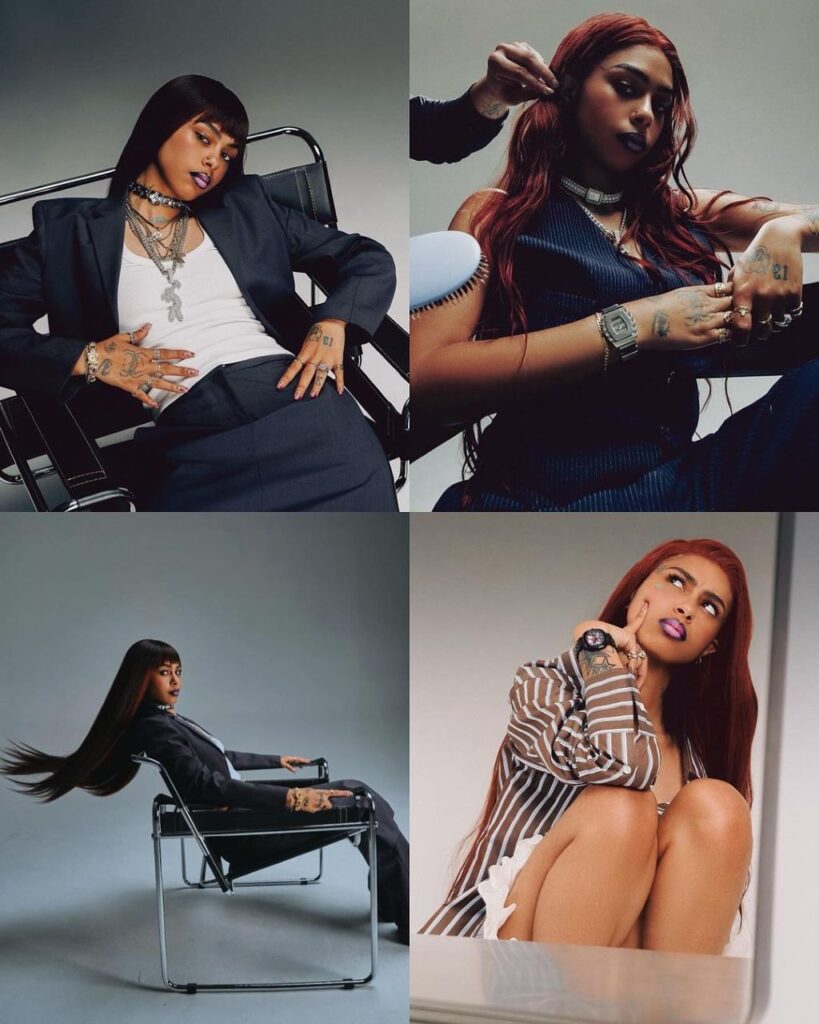
Snobette: What is your day to day like at JBW watches?
Jessi Jacq: “It’s been great, truly awesome and so creative. In terms of creative direction work, I oversee everything outward-facing for the company. This includes our Instagram account, our website, and all our social media platforms. I’m also responsible for our brand voice, brand tone, and brand look. Additionally, I oversee the day-to-day activities of our social team and pr team, including decisions about brand ambassadors and similar partnerships.
“I come from an editorial background, so I wanted to ensure that everything felt very elevated and posh. When I leave JBW, I want to make sure they have things that feel timeless. This is very important to me. Working with Karl Templer, he always emphasized making sure whatever you do is timeless. It should be something you can reference a year from now and it won’t feel old. I’m dedicated to achieving that, and we are doing it. I’m really excited about it; I’ve been with JBW for two years now.”
Snobette: There have been many conversations and article about the lack of women creative directors in fashion where does this stem for in your opinion?
Jessi Jacq: “I think women have to be extra confident because men can often do no wrong in the eyes of other men. As a woman, you have to prove yourself a bit more, especially in such a dominating role. You need to come across as knowing exactly what you’re doing, even if you don’t. Especially in corporate roles, you have to pick your battles. As a freelancer, you can decide to take risks, but in corporate, there are many battles you have to fight. Sometimes, women, especially Black women, avoid being too aggressive to not be labeled as the angry black woman. Personally, I don’t care—I am Black, and if I’m angry, I’m going to express it because I need to get my point across. Women should fight more openly for what they want. Internally, we are strong and resilient, but outwardly we can often be silenced. “
“As a creative director, you have to bring the change that you want to see.It’s about the impact that you want to have on the company, and you have to be focused on the goal.”

